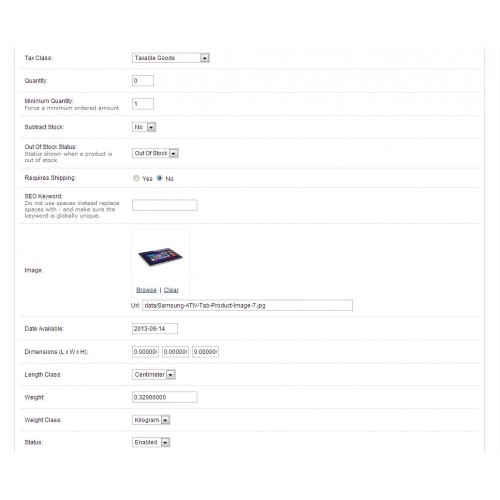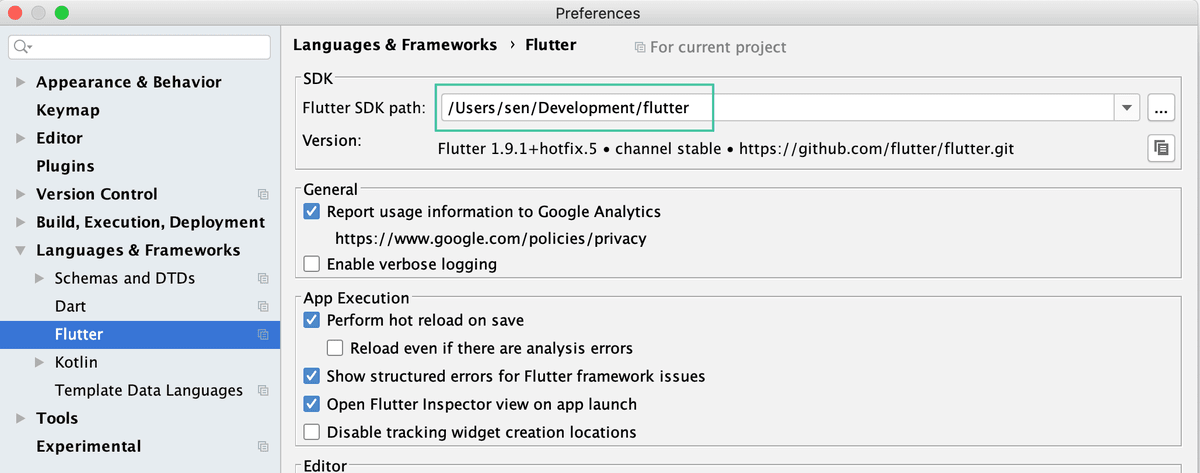
Needless to say that you should make a backup of this file before proceeding to the next step.ĭelete the content of the file and paste the following code: You need the FTP access to the server and find the file modification.xml located in /system/ folder. related to the Extension Modification system. This fix should be applied before any actual plugin install, because it fixes the OC bug in the versions 3.0.3.5 and 3.0.3.6. Thanks to the support of the huge OpenCart community I got this fix from a great developer #CartBinder. If you came across the same issue here is what did the trick for me. I recently installed the latest version for a project and after installing a plugin it does not show anywhere in the store admin section. But if you look closely at the "Model" class, you'll see that it implements the magic methods, specifically the "_get" method in this case.WOW, we already came to OpenCart 3.0.3.5 and 3.0.3.6 versions. Yeah, you won't find a "db" method or property in that class either. You can go to the parent model class "Model" to see if it's defined there or not. You may wonder about the way it's called, as there is no "db" method or property defined in the "ModelAccountActivity" class.

$this->db->escape($this->request->server).

You can see that in the "addActivity" method, an insert query is fired. Open the file located at "catalog/model/account/activity.php". Now, the $registry object is populated with useful stuff, but how is it used? Let's see how the $db object stored in the $registry is used in the "Activity" model of the "Account" module. The approach is somewhat similar to the "Singleton Pattern", in which you're forced to keep a single instance of the class. The reason is that you don't have to instantiate common class objects multiple times, so you could simply call the "get" method of the $registry object to use the desired object. As you may have noticed, frequently used objects are created and stored in the registry. I've listed here some example usages of the $registry object. $db = new DB(DB_DRIVER, DB_HOSTNAME, DB_USERNAME, DB_PASSWORD, DB_DATABASE) RegistryĪfter the creation of the $registry object, it stores several other objects using the "set" method. You'll see the $registry object is created very early in the script execution. Open the "index.php" file in the document root of OpenCart. Now, let's see how the OpenCart framework uses the registry object during the initial phase of the page execution. Finally, it provides the "has" method to check if a certain "key" is already set into the "data" array.

In the "set" method, it inserts the new element into the "data" array using the arguments passed to the method. In the "get" method, it checks whether "value" is available for the desired "key", and it returns the value if it's available, and "null" otherwise. It stores everything in the "data" property of the object, which is declared as an array, and the scope is private. Open the file located at "system/engine/registry.php" in your favorite text editor! data) ? $this->data : null) Īs you can see, the class definition is fairly simple to understand. Let's have a closer look at the class file itself. It stores all the elements using "key", so later on they can be accessed easily when the "get" method is called. The Registry ObjectĪs the name suggests, the "Registry" object is used to store elements, from simple variables to complex objects, when the "set" method is called. So we'll focus on the 2.0.x version of OpenCart.
#OPENCART GET FILE PATH CODE#
Although the "Registry" class code is the same in versions 1.5.x and 2.0.x, the "Loader" class code has changed a lot. The code snippets explained in this article belong to OpenCart version 2.0.x.

In this article, we'll focus on certain elements of the bootstrapping process.Īlthough there are lots of components which are involved in the typical bootstrapping process, we'll focus on the "Registry" and "Loader" objects for the course of this tutorial. Although it provides comprehensive features in its stack, it maintains a simple framework, with a nice modular architecture that can be extended. OpenCart has became a very useful eCommerce framework for small to medium level online stores.


 0 kommentar(er)
0 kommentar(er)
